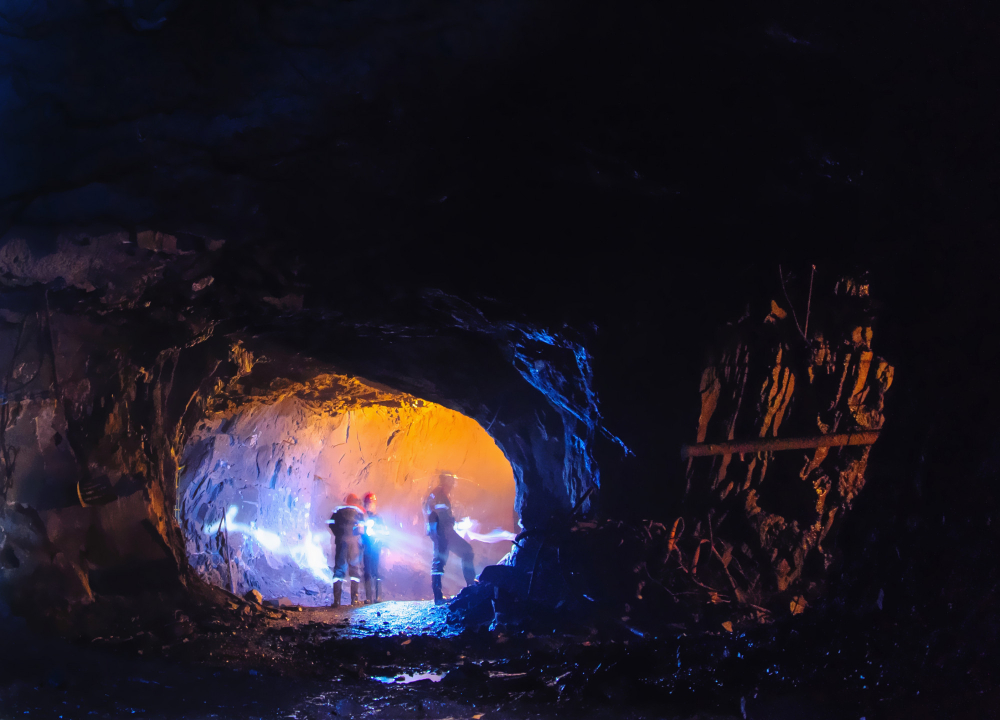







VANCOUVER, British Columbia, May 07, 2024—(“West Red Lake Gold” or “WRLG” or the “Company”) (TSXV:WRLG) (OTCQB:WRLGF) is pleased to report drill results from its 100% owned Madsen Mine located in the Red Lake Gold District of Northwestern Ontario, Canada.
The drill results featured in this news release are focused on the high-grade South Austin Zone. The South Austin zone currently contains an Indicated mineral resource of 474,600 ounces (“oz”) grading 8.7 grams per tonne (“g/t”) gold (“Au”), with an additional Inferred resource of 31,800 oz grading 8.7 g/t Au.
The purpose of the drilling reported in this news release is definition within South Austin to continue building an inventory of high-confidence ounces for eventual restart of the Madsen mill.
Hole MM24D-07-4198-012 Intersected 3.1m @ 21.33 g/t Au, from 83.9m to 87.0m, Including 0.5m @ 32.74 g/t Au, from 85.50m to 86.00m; also Including 1.0m @ 28.78 g/t Au, from 86.00 to 87.00m; And 1.0m @ 16.97 g/t Au, from 9.00m to 10.00m.
Hole MM24D-07-4198-009 Intersected 9.0m @ 6.75 g/t Au, from 103.0m to 112.0m, Including 0.9m @ 27.91 g/t Au, from 104.0m to 104.9m; also Including 1.0m @ 23.47 g/t Au, from 111.00m t0 112.00m.
Hole MM24D-07-4198-010 Intersected 2.55m @ 6.08 g/t Au, from 75.45m to 78.00m, Including 1.0m @ 11.08 g/t Au, from 76.0m to 77.0m.
The high-grade mineralization encountered near the collar (top of hole) in Hole MM24D-07-4198-012 is believed to be the down-dip continuation of a mineralized domain defined further up in the system.
Shane Williams, President & CEO, stated, “We are happy to report more encouraging results out from the South Austin definition program. De-risking this high-priority area of the Madsen deposit will be a key component for the mine restart plan, and the team continues to execute the drill program safely and efficiently.”
Plan maps and section for the South Austin drilling outlined in this release are provided in Figures 2 through 5.
TABLE 1. Significant intercepts (>3 g/t Au) from drilling at South Austin Zone.
*The “From-To” intervals in Table 1 are denoting overall downhole length of the intercept. True thickness has not been calculated for these intercepts but is expected to be ≥ 70% of downhole thickness based on intercept angles observed in the drill core.
FIGURE 1. Deposit-scale plan map of Madsen Mine highlighting South Austin Zone.
TABLE 2: Drill collar summary for holes reported in this News Release.
DISCUSSION
Accessed through the Madsen Mine West Portal, the South Austin Zone sits south in the hanging wall of the main Austin Zone. Like the other mineralized domains that comprise the Madsen Mine, the South Austin structure is hosted within broad, kilometer-scale planar alteration and deformation corridors that have been repeatedly reactivated during gold mineralization and subsequent deformation and metamorphism.
At the deposit-scale the Austin, South Austin, North Austin, and McVeigh Zones are locally folded and structurally dismembered by transposition and rotation into the penetrative S2 Foliation. In addition to this intense deformation overprint, the mineralized veins and alteration have been subjected to the relatively high temperatures of amphibolite facies metamorphism, which led to extensive recrystallization and growth of the skarn-like replacement mineral assemblage of diopside-amphibole-quartz-biotite.
All significant gold mineralization on the mine property is demonstrably early relative to the most significant, penetrative deformation (D2) and metamorphic events. The North Austin Zone displays ‘mine-style’ alteration and mineralization and consists of multiple mineralized domains defined over a strike length of 0.5km. Mineralization remains open at depth and along strike to the northeast.
In drill core, or at underground face exposures, gold-bearing zones at the Madsen Mine are best identified visually by fine (sub-millimetre) grains of free gold within strong alteration and veining. All high-grade intervals generally contain visible gold on drill core exteriors, although numerous examples exist of high-grade assays where visible gold was only identified within the interior (cut surface) of the core samples. Apart from the presence of free gold, pervasive silicification (locally accompanied by discrete quartz veining) and quartz-carbonate or diopside veining are the best indicators that a given interval is within a high-grade zone along/within the mineralized structure.
The current underground drilling program at the Madsen Mine is focused on further definition of near-term mining inventory, as well as growth of the current mineral resource. Drilling has been focused on the more continuous and higher-grade portions of the Austin, South Austin, and North Austin Zones. This will continue to be the strategy through 2024.
High resolution versions of all the figures contained in this press release can be found at the following web address:
FIGURE 2. Madsen Mine long section showing location of 07-4198 Drill Bay in South Austin Zone.[1]